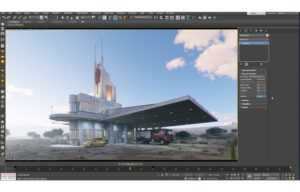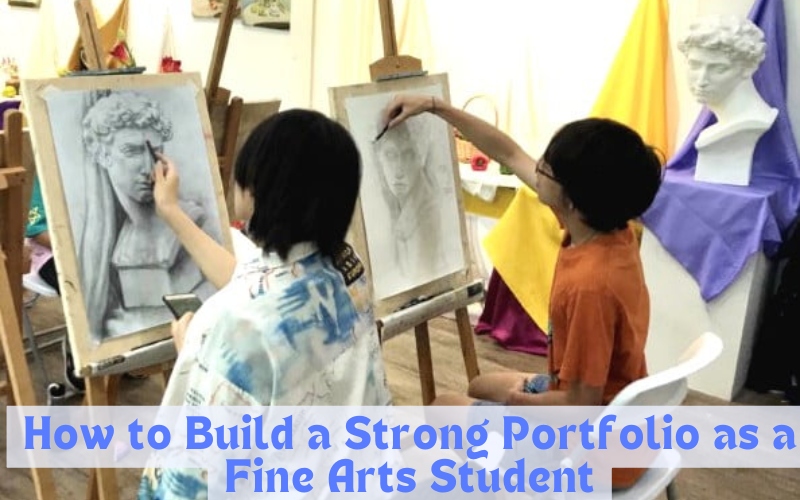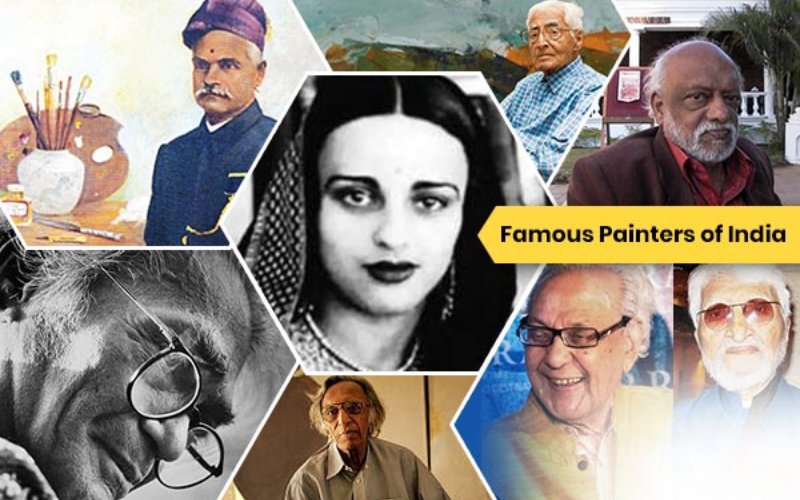The Rise of Applied Art in the Digital Era: Bridging Tradition with Technology
Human ingenuity, culture, and technological progress have all been reflected in art. The discipline of digital applied art, which combines beautiful design with practical utility, has undergone a remarkable evolution in the digital age. Applied art now flourishes at the nexus of innovation and legacy, from digital fabrication to traditional craftsmanship.
This blog examines the ways in which applied art has changed to accommodate the digital era, how technology has affected conventional methods, and the fascinating opportunities that lie ahead.
What is meant by “Applied Art“?
The term “Applied Art” describes the use of creative design to combine aesthetics and practicality in commonplace items. The primary function of applied art is practical, as opposed to the expressive nature of fine art. Among the examples are
- Design of textiles (fabrics, tapestries)
- Pottery and ceramics
- Interior design and furniture
- Metalwork and jewelry
- Digital and graphic design
In the past, applied art was primarily created by hand. But the way that designers and artists produce, distribute, and create their work has been completely transformed by digital tools.
The Digital Transformation of Applied Art
-
Tools for Digital Design
For contemporary applied artists, programs like Adobe Illustrator, Photoshop, AutoCAD, and Blender have become indispensable. These instruments enable
Experimentation and precision: Artists can easily correct errors and refine designs using precise measurements.
Before a product is physically produced, designers can see it in three dimensions thanks to 3D modeling.
Mass customization is made possible by digital tools, allowing customers to alter products before they buy them. - Methods of Digital Fabrication
Creative possibilities have increased thanks to technologies like 3D printing, laser cutting, and CNC machining.
– 3D Printing: Using additive manufacturing, artists can produce functional household items, sculptures, and even elaborate jewelry.
– Laser Cutting: This method makes it possible to precisely cut and engrave materials like leather, acrylic, and wood.
– CNC Machining: Complex shapes in furniture and décor are made possible by computer-controlled tools that carve out designs from solid blocks. - Virtual reality and augmented reality (AR/VR) in Applied Art
Customers’ interactions with applied art are changing as a result of AR and VR:
Virtual showrooms allow customers to see how furniture or décor will look in their homes before making a purchase.
Jewelry brands use augmented reality (AR) filters to allow customers to virtually “try on” their pieces.
Digital Craftsmanship: Before committing to physical production, artists can test out virtual materials. - AI’s Place in Applied Art
Artificial intelligence is having previously unheard-of effects on design.
Generative Design: Using input parameters, AI algorithms can produce original patterns, textiles, and product designs.
Automation: AI helps with monotonous jobs like pattern creation and color correction, allowing artists to concentrate on their creative work.
Personalization: AI-powered systems make design recommendations according to user tastes, which improves client interaction.
Combining Innovation and Convention
Indeed, even though advanced devices are more inventive and proficient, conventional craftsmanship is still exceptionally profitable. Numerous specialists are figuring out how to combine conventional and cutting-edge strategies:
- Carefully assembled with computerized increases
– Advanced Outlining to Carefully Assembled Execution: Sometimes, hand-carving or weaving plans, craftsmen may make computerized drafts of them.
Cross-breed Ceramics: To guarantee consistency, potters utilize 3D-printed molds while protecting hand-finishing subtle elements. - . Utilizing Innovation to Protect Legacy
Computerized Files: For the advantage of future eras, conventional topics and strategies are being preserved in advanced libraries.
Workshops & Online Learning: To guarantee that abilities are passed down, ace artisans utilize virtual stages to instruct conventional strategies. - . Eco-Friendly Computerized Aesthetics
Eco-friendly Materials: By maximizing the utilization of materials, computerized creation minimizes squandering.
Localized Generation: By empowering on-demand fabricating, 3D printing diminishes shipping emissions and overproduction.
Connected Art’s Prospects within the Advanced Time
There will likely be more advancements in connected craftsmanship as innovation creates encouragement.
- Brilliantly and Locks in the Plan
Wearable innovation is a gem that keeps track of well-being markers.
Materials that change color or surface in reaction to natural jolts are known as responsive materials. - Advanced Proprietorship and Blockchain
Specialists can tokenize limited-edition plans with NFTs for connected craftsmanship, ensuring genuineness and sovereignty. - Expanded Participation
Worldwide Artisan Systems: These online communities connect conventional artisans and designers over the globe, empowering a cross-cultural generation.
Finalization
Rather than lessening connected craftsmanship, the advanced age has broadened its scope. Craftsmen and creators are creating lovely, however valuable works that appeal to modern groups of onlookers by grasping innovation while regarding convention. The combination of computerized advancement and craftsmanship ensures that connected craftsmanship will continuously be dynamic, economical, and changing.
In arrange to keep inventiveness, creativity, and culture at the core of the plan, it’ll be vital to strike a adjust between mechanization and human interaction as we continue. Connected craftsmanship is still bridging the past and future in intriguing ways, whether it is through 3D-printed ceramics, AI-generated designs, or AR-enhanced shopping exp
The IVS School of Art And Design Position
Because of their technology focus, they are positioned at the forefront of the creative industries, and IVS School of Art & Design is one of the few institutions that blends traditional design education with an emphasis on technology. Students necessarily get experience with 3D printers, AR/VR systems, and sophisticated software packages. This is combined with hands-on experience, so students are being educated/making, and mastering traditional craftsmanship while also being prepared for digital innovation.
Facebook
Instagram
Twitter
Linkedin
Youtube

The Rise of Applied Art in the Digital Era: Bridging Tradition with Technology
The Rise of Applied Art in the Digital Era: Bridging…

How Interior Architecture & Design Courses are Shaping the Future of Sustainable Spaces
How Interior Architecture & Design Courses are Shaping the Future…

Mastering 3ds Max in 2025: The Ultimate Tool for Interior Designers, Architects & 3D Artists
Mastering 3ds Max in 2025: The Ultimate Tool for Interior…

Online vs Offline Interior Design Courses: Which One Should You Choose in 2025?
Online vs Offline Interior Design Courses: Which One Should You…


